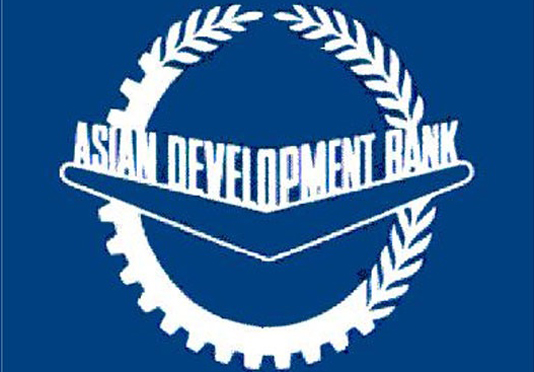KUALA LUMPUR, April 28 (NNN-Bernama) — Developing Asia’s gross domestic product (GDP) is set to rebound to 7.3 per cent this year and moderate to a growth of 5.3 per cent next year, the Asian Development Bank (ADB) said.
According to its flagship economic publication, the Asian Development Outlook (ADO) 2021, the region’s economic revival is underway, supported by a healthy global recovery and progress on vaccines.
ADB said recovery has begun in developing Asia, but at different speeds, with growth is forecast to be strongest in East and South Asia, and more moderate in Central, Southeast Asia and the Pacific.
“Growth in most regional economies strengthened in the latter part of 2020. Exports, particularly of electronics and products related to the COVID-19 pandemic, such as personal protective equipment have been an important driver of faster-than-expected recoveries.
“And this is reflected in a healthy turnaround in manufacturing. The economic revival is particularly strong in East Asia, but weaker elsewhere, especially in the Pacific,” it said.
East Asia is forecast to grow by 7.4 per cent in 2021, while South Asia will have developing Asia’s fastest growth this year at 9.5 per cent.
Southeast Asia will grow by 4.4 per cent in 2021 and 5.1 per cent in 2022, Central Asia is likely to expand 3.4 per cent in 2021 and 4.0 per cent in 2022, while the Pacific may see a moderate growth of 1.4 per cent this year and 3.8 per cent next year.
ADB also noted that differing trends are also apparent in labour markets, with unemployment declining unevenly across economies.
Overall, developing Asia’s economy shrank by 0.2 per cent, with 32 of 46 ADB developing member economies recording negative growth.
South Asia posted the largest contraction on the back of an 8.0 per cent fall in India’s GDP, while Southeast Asia narrowed substantially, led by contractions of 9.6 per cent in the Philippines and 6.1 per cent in Thailand.
Economic activity also declined in Central Asia as commodity prices and remittances fell, and plunging tourist arrivals drove the Pacific into recession.
In contrast, East Asia bucked the trend with positive growth in 2020, boosted by the fast rebound and 2.3 per cent expansion in China.
Meanwhile, average inflation in the developing Asia is forecast to fall from 2.8 per cent in 2020 to 2.3 per cent in 2021, as food-price pressures ease and inflation moderates in India and China.
Prices in 2022 are forecast to rise by 2.7 per cent, driven mainly by China, while inflation will be lower in Central Asia and South Asia, with more stable expectations on exchange rates and food prices anticipated to play a large role in these sub-regions.
ADB also expects current account surplus in the region to narrow from 2.4 per cent of GDP in 2020 to 2.1 per cent this year.
It said gradually healthier economic activity will lead to imports growing faster than exports in most economies in developing Asia, reversing the import contraction and current account improvement seen in 2020.
As a result, the region’s current account surplus is forecast to dwindle.
Having said that, ADB reckons risks to deepen, mainly on how the COVID-19 pandemic unfolds.
“Significant new outbreaks or delayed vaccine rollouts could prolong disruptions to mobility and economic activity, deepening the crisis in some economies.
“Other risks to the outlook include geopolitical tensions, production bottlenecks, limited vaccine effectiveness, and financial turmoil from tightening financial conditions,” it said.
In addition, long-term scarring such as learning losses caused by school closures because of the pandemic could also occur.
ADB believes developing economies are likely to continue facing difficulties in speeding up vaccination due to vaccine supply issues and a lack of health-care facilities and workers.
By the end of March, developing Asia had administered about 214 million doses, or an average of 5.2 doses per 100 people, led by China, India, Indonesia, and Bangladesh.
The regional development bank said data on the number of fully vaccinated adults in the region are available for only 15 ADB developing member economies.
Out of these, the share of populations fully vaccinated exceeds 5.0 per cent only in Palau (29.2 per cent), the Marshall Islands (13.5 per cent), the Federated States of Micronesia (8.4 per cent), and Singapore (6.6 per cent).
— NNN-BERNAMA





